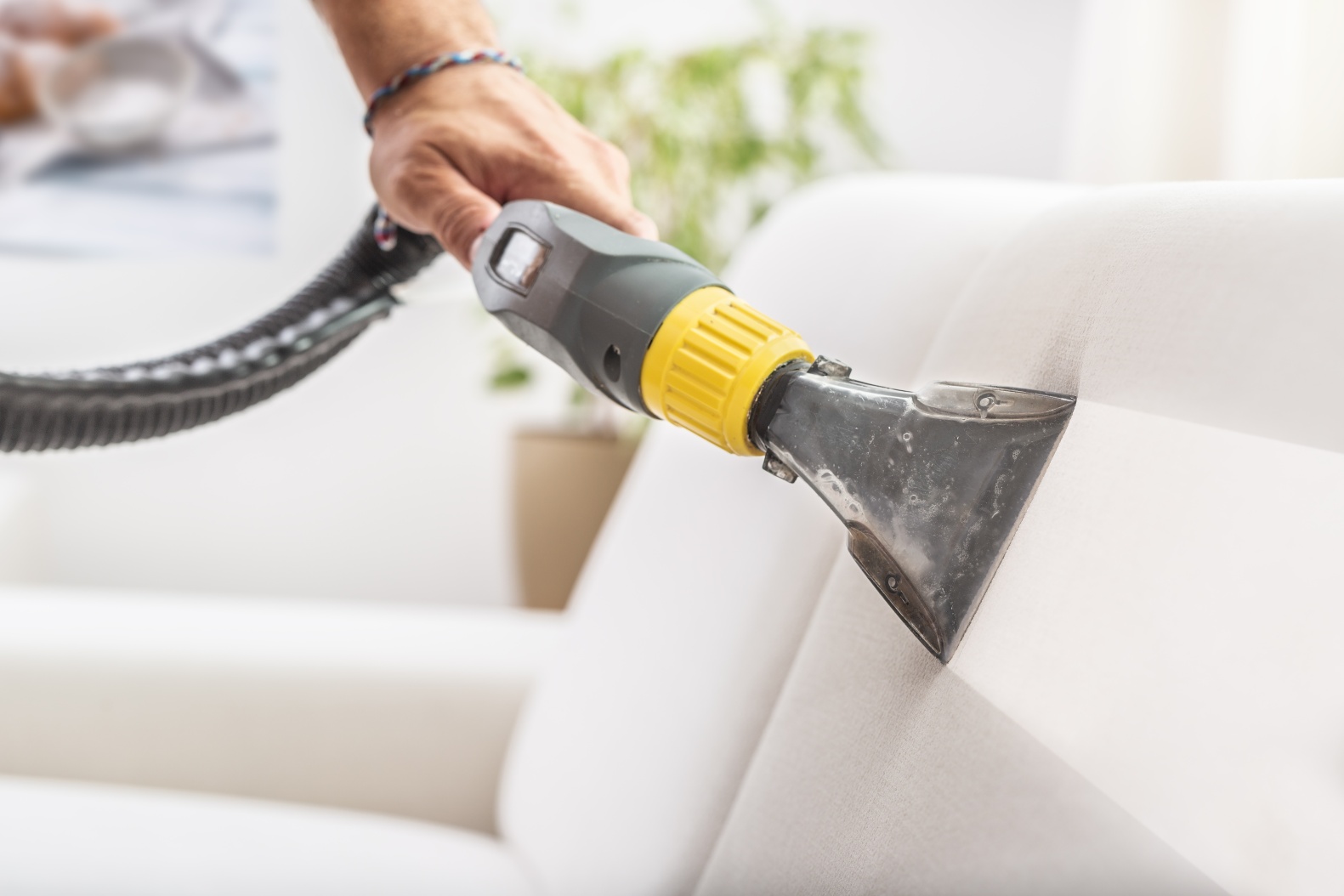

Articles
What Can You Clean With A Steamer
Modified: March 24, 2024
Discover the versatility of steam cleaning with our informative articles. Learn how to effectively clean various surfaces and objects using a steamer for a spotless and hygienic home.
(Many of the links in this article redirect to a specific reviewed product. Your purchase of these products through affiliate links helps to generate commission for Storables.com, at no extra cost. Learn more)
Introduction
Cleaning is an essential aspect of maintaining a healthy and hygienic living environment. However, the traditional methods of cleaning can be time-consuming, labor-intensive, and sometimes ineffective. This is where steam cleaning comes in as a game-changer. A steamer is a versatile and eco-friendly cleaning tool that uses the power of steam to deep clean and sanitize a wide range of surfaces.
In this article, we will explore the various benefits of using a steamer for cleaning and the versatile surfaces that can be cleaned effectively using this innovative tool. Whether you are tackling your bathroom, kitchen, upholstery, windows, or outdoor surfaces, a steamer can help you achieve remarkable results with minimal effort.
So, let’s dive in and discover the wonders of steam cleaning!
Key Takeaways:
- Embrace the wonders of steam cleaning to achieve efficient, eco-friendly, and versatile cleaning results. From bathrooms to outdoor surfaces, a steamer offers deep cleaning and sanitization without the need for harsh chemicals.
- Prioritize safety and surface suitability when using a steamer for cleaning. Enjoy the benefits of efficient, chemical-free cleaning while ensuring proper ventilation, temperature control, and adherence to manufacturer’s guidelines.
Read more: What Can You Cook In A Bamboo Steamer
Benefits of Using a Steamer for Cleaning
Steam cleaning offers numerous benefits that make it a preferable choice for many homeowners and cleaning professionals. Here are some of the key advantages of using a steamer for cleaning:
- Eco-friendly: Steam cleaning relies solely on the power of water vapor, eliminating the need for harsh chemicals. This makes it a safe and environmentally-friendly cleaning method that reduces the use of harmful substances in your home.
- Deep cleaning and sanitization: The high-temperature steam effectively penetrates the surface, lifting dirt, grime, and bacteria for a thorough clean. It provides a powerful sanitization effect, making it an ideal option for households with children, pets, or individuals with allergies or respiratory issues.
- Time-saving: Steam cleaning is a remarkably efficient method that saves you time and effort. It eliminates the need for scrubbing and rinsing, allowing you to clean large areas or multiple surfaces in a fraction of the time compared to traditional methods.
- Versatility: Steamers come with various attachments and accessories that can be used to clean different surfaces and areas of your home. From floors, carpets, and furniture to windows, mirrors, and appliances, a steamer can handle it all.
- Chemical-free cleaning: With a steamer, there is no need to use harsh cleaning chemicals that can potentially harm your health or damage surfaces. Steam cleaning effectively removes grease, stains, and odors without leaving any residue behind.
- Cost-effective: While the initial investment may seem higher than traditional cleaning methods, steam cleaning eliminates the need to purchase expensive cleaning products. Over time, it can help you save money on cleaning supplies.
- Preserves the durability of surfaces: Unlike abrasive cleaning methods, steam cleaning is gentle on most surfaces, including delicate materials like upholstery and hardwood floors. It helps preserve the integrity and lifespan of your belongings.
With these incredible benefits, it’s easy to see why steam cleaning has gained popularity among homeowners and cleaning professionals alike. Now, let’s explore the various surfaces that can be effectively cleaned using a steamer.
Versatile Surfaces that Can be Cleaned with a Steamer
One of the greatest advantages of using a steamer for cleaning is its versatility. With the right attachments and techniques, you can effectively clean a wide range of surfaces in your home. Let’s explore some of the most common surfaces that can benefit from steam cleaning:
- Bathroom: The bathroom can be a breeding ground for bacteria and grime. A steamer can effortlessly tackle soap scum, mildew, and hard water stains from tiles, grout, showers, bathtubs, sinks, and toilets. It can also sanitize bathroom fixtures, mirrors, and even remove limescale buildup.
- Kitchen: The kitchen is another area that can benefit greatly from steam cleaning. Steamers can effectively remove grease, food stains, and bacteria from countertops, stovetops, ovens, microwaves, refrigerators, and even kitchen appliances like coffee makers and toasters.
- Upholstery and Fabrics: Steam cleaning is a fantastic way to revive and refresh upholstery and fabrics. It can remove stains, eliminate odors, and sanitize sofas, chairs, curtains, mattresses, and even car interiors. It is important to check manufacturer guidelines before using a steamer on fabrics to avoid any damage.
- Windows and Glass: Steamers can make cleaning windows and glass surfaces a breeze. The high-temperature steam effortlessly removes dirt, fingerprints, and smudges without streaking. It is a great tool for cleaning windows, glass doors, mirrors, and glass tabletops.
- Floors and Carpets: Steam cleaning is highly effective for refreshing and sanitizing floors and carpets. It can loosen and lift dirt, stains, and allergens from hard floors, tiles, laminate, and carpets. Some steamers even have attachments specifically designed for carpet cleaning.
- Appliances: Steamers can be used to clean various appliances, such as ovens, microwaves, refrigerators, and even small kitchen gadgets. The high heat and steam power effectively eliminate grease, grime, and food residue, providing a thorough clean.
- Outdoor Surfaces: Steamers are not limited to indoor cleaning. They can also be used to clean outdoor surfaces such as patio furniture, grills, decks, and even the exterior of your house. Steam cleaning can remove dirt, mold, and algae without the need for harsh chemicals.
These are just a few examples of the versatile surfaces that can be effectively cleaned using a steamer. Keep in mind that it is important to read the manufacturer’s instructions and understand the capabilities of your specific steamer to ensure safe and effective cleaning.
Before diving into steam cleaning, there are a few important considerations to keep in mind. We will discuss them in the next section.
Bathroom
The bathroom is one of the most commonly used areas in any household, and it requires regular cleaning to maintain hygiene and prevent the buildup of bacteria and grime. A steamer can be your secret weapon to achieve a sparkling clean and sanitized bathroom.
When using a steamer in the bathroom, it is essential to have the appropriate attachments and follow proper safety precautions. Here are some areas in the bathroom that can benefit from steam cleaning:
- Tiles and Grout: Tiles and grout are notorious for accumulating dirt, soap scum, and mildew. A steamer can effortlessly loosen the grime and effectively remove it from the surface. The high-temperature steam penetrates into the pores of the grout, eradicating bacteria and leaving your tiles looking fresh and clean.
- Shower and Bathtub: Cleaning the shower and bathtub can be a daunting task, especially when it comes to removing stubborn soap scum and hard water stains. A steamer can break down these tough stains and make them easy to wipe away. It also helps sanitize the surfaces, ensuring a hygienic bathing area.
- Sinks and Faucets: Sinks and faucets can accumulate mineral deposits and grime over time. Steam cleaning can effectively remove these deposits without the need for harsh chemicals. It also sanitizes the surfaces, leaving your sinks and faucets sparkling clean.
- Toilet: The toilet is one of the most germ-prone areas in the bathroom. Using a steamer can help eliminate bacteria and sanitize the toilet bowl, seat, and exterior surfaces. It is important to use the appropriate attachment and follow proper cleaning techniques to ensure effective and safe cleaning.
- Mirrors: Steam cleaning can be a game-changer when it comes to cleaning mirrors. The high-temperature steam easily removes fingerprints, smudges, and streaks from the mirror surface, leaving it spotless and crystal clear.
- Grout and Caulking: Over time, grout and caulk can become discolored and stained. Steam cleaning can revive the appearance of grout lines and remove mold and mildew from caulk. It is important to be cautious while steam cleaning these areas, as excessive heat or pressure can damage the grout or caulk.
Before using a steamer in the bathroom, it is important to ensure proper ventilation to prevent excessive moisture buildup. It is also crucial to follow the manufacturer’s instructions and safety guidelines for your specific steamer model. Overall, with the right techniques and precautions, steam cleaning in the bathroom can save you time and effort while achieving a fresh and thoroughly cleaned space.
Next, let’s move on to the kitchen, another area where a steamer can work wonders.
Kitchen
The kitchen is often considered the heart of the home, but it is also a breeding ground for grease, grime, and bacteria. Cleaning the kitchen can be a daunting task, especially when it comes to removing stubborn stains and sanitizing surfaces. Thankfully, a steamer can make kitchen cleaning a breeze.
Here are some areas in the kitchen where a steamer can be utilized effectively:
- Countertops: Countertops are a prime area for food preparation and can easily accumulate stains, grease, and bacteria. Steam cleaning can effectively remove these contaminants, leaving your countertops sanitized and looking like new. It is important to consider the material of your countertops and use the appropriate steam setting to prevent any potential damage.
- Stovetops and Range Hoods: Stovetops and range hoods can quickly become coated with stubborn grease and food residue. Steam cleaning can cut through the grease, making it easy to wipe away. It also helps eliminate food odors and sanitizes these surfaces, ensuring a clean cooking environment.
- Ovens and Microwaves: Cleaning ovens and microwaves can be a time-consuming and arduous task. However, steam cleaning can simplify the process. The high-temperature steam softens the stuck-on food and grime, making it easy to scrub away. Steam can also neutralize odors and sanitize the interior of your appliances.
- Refrigerators: Your refrigerator can harbor spills, stains, and lingering odors. Steam cleaning can help you remove these contaminants and sanitize the interior surfaces. It is important to defrost and empty your refrigerator before steam cleaning and avoid using excessive heat on delicate parts like seals and gaskets.
- Sinks and Faucets: Like in the bathroom, sinks and faucets in the kitchen can accumulate mineral deposits, stains, and grime. Steam cleaning can effectively remove these deposits, leaving your sinks and faucets shining and sanitized.
- Small Kitchen Appliances: Coffee makers, toasters, blenders, and other small kitchen appliances can benefit from a thorough steam cleaning. The high-temperature steam can remove residue, stains, and bacteria, ensuring these appliances are clean and hygienic.
When using a steamer in the kitchen, it is important to read the manufacturer’s instructions and ensure proper safety precautions. Always be cautious when cleaning around electrical components and use appropriate attachments for different surfaces. Additionally, it is advisable to clean one area at a time and gradually work your way through the kitchen.
With a steamer, kitchen cleaning becomes easier, more efficient, and chemical-free. It allows you to achieve a deep clean and sanitization without the need for harsh cleaning agents. Now that we’ve covered the kitchen, let’s move on to upholstery and fabrics.
Read more: What Can You Clean A Hot Tub With
Upholstery and Fabrics
Upholstery and fabrics can easily accumulate dirt, stains, and odors over time, making them appear dull and unappealing. Cleaning these surfaces can be challenging, especially if you want to avoid harsh chemicals that may damage the fabric. This is where a steamer can come to the rescue, providing a safe and effective cleaning solution.
Using a steamer on upholstery and fabrics offers several benefits:
- Stain Removal: Whether it’s spilled coffee on a sofa or a stubborn stain on your favorite fabric chair, a steamer can help remove stains with ease. The hot steam helps to loosen the stain particles, making it easier to lift them from the fabric fibers.
- Odor Elimination: Fabrics can absorb and hold onto unpleasant odors. Steam cleaning helps to neutralize odors and refresh the fabric without the need for perfumes or harsh chemicals. It’s especially beneficial for pet owners dealing with odor-causing allergens.
- Allergen Reduction: Fabrics can harbor allergens such as dust mites, pollen, and pet dander. Steam cleaning can effectively kill and remove these allergens, providing relief for individuals with allergies or respiratory issues.
- Sanitization: Steam cleaning not only removes visible dirt and stains, but it also sanitizes the fabric. The high temperature of the steam kills bacteria, germs, and mites, making your upholstery and fabrics hygienically clean.
- Revitalization: Over time, fabrics can become dull and worn-looking. Steam cleaning can help restore the appearance of upholstery and fabrics, giving them a refreshed and rejuvenated look.
When using a steamer on upholstery and fabrics, it’s essential to follow these guidelines:
- Refer to the manufacturer’s guidelines: Check the care label on your furniture or fabric to ensure that steam cleaning is an appropriate cleaning method for it.
- Test in an inconspicuous area: Before steam cleaning the entire surface, test a small, hidden area to ensure that the steam does not cause any discoloration or damage to the fabric.
- Use the appropriate attachment: Different steam cleaner attachments are designed for specific fabrics and surfaces. Choose the right attachment for upholstery cleaning to achieve the best results.
- Maintain proper distance and technique: Hold the steam cleaner a few inches away from the fabric surface and move it in a slow and steady motion. Avoid saturating the fabric excessively with steam.
- Allow for drying time: After steam cleaning, allow the fabric to dry thoroughly before using or sitting on it. This will prevent any moisture-related issues and ensure a complete cleaning process.
By following these tips, you can effectively clean and revitalize your upholstery and fabrics using a steamer. Now that we’ve covered upholstery and fabrics, let’s move on to another common surface in the home – windows and glass.
You can clean a variety of surfaces with a steamer, including floors, countertops, bathroom fixtures, and even upholstery. The high temperature of the steam helps to sanitize and remove dirt and grime without the need for harsh chemicals.
Windows and Glass
Cleaning windows and glass surfaces can be a challenging and time-consuming task. Traditional cleaning methods often leave streaks and residue behind, making your windows look less than pristine. Luckily, a steamer can provide a solution to achieve sparkling clean and streak-free windows and glass.
Here are some reasons why using a steamer for window and glass cleaning is beneficial:
- Efficient Cleaning: Steam cleaning windows and glass surfaces is a highly efficient method. The high-temperature steam effortlessly loosens dirt, grime, and fingerprints, making it easier to wipe away. It helps you achieve a deep clean in less time compared to traditional methods.
- No Need for Chemicals: With a steamer, there’s no need to use harsh chemical cleaners on your windows and glass surfaces. The steam power alone is sufficient to break down and remove dirt and grime. This not only protects the environment but also eliminates the risk of chemical residue.
- Streak-Free Results: One of the biggest frustrations when cleaning windows is dealing with streaks. Steam cleaning minimizes streaking, as the steam evaporates quickly without leaving behind residue. This gives you streak-free, crystal-clear windows that enhance the overall appearance of your home.
- Difficult-to-Reach Areas: Steamers often come with attachments that make it easier to clean those hard-to-reach areas, such as window sills, tracks, and corners. The steam can penetrate into these narrow spaces, loosening dirt and grime, and making it easy to wipe away.
- Sanitization: Steam cleaning not only cleans but also sanitizes your windows and glass surfaces. The high temperature of the steam effectively kills bacteria and germs, leaving your windows germ-free and hygienically clean.
When steam cleaning windows and glass surfaces, keep the following tips in mind:
- Use the appropriate attachment: Different steam cleaner attachments are designed for specific glass surfaces, such as squeegees and window cleaning brushes. Choose the right attachment for the task at hand to achieve optimum cleaning results.
- Prep the surface: Before starting, remove any loose dirt or dust from the glass surface using a soft brush or cloth. This will help ensure a more thorough cleaning.
- Avoid excessive moisture: When using a steamer on windows and glass, it’s important to avoid saturating the surface. Use short bursts of steam and a light touch to prevent water streaks or drips.
- Wipe with a microfiber cloth: After steaming, gently wipe the glass surface with a clean microfiber cloth to remove any remaining moisture and achieve a streak-free shine.
- Clean from top to bottom: Start cleaning from the top of the window or glass surface and work your way down to prevent any drips or streaks from running down onto areas that have already been cleaned.
With these tips, you can effectively clean your windows and glass surfaces using a steamer, achieving sparkling results without the hassle of streaks or harsh chemicals. Next, let’s explore how a steamer can be used on different flooring surfaces.
Floors and Carpets
Keeping your floors and carpets clean is essential for maintaining a clean and healthy home. However, traditional methods of cleaning floors and carpets can often be time-consuming and may not be as effective at removing deep-seated dirt and stains. A steamer can be a game-changer when it comes to cleaning and refreshing your floors and carpets.
Here are some reasons why a steamer is a great tool for floor and carpet cleaning:
- Deep Cleaning: Steam cleaning provides a deep clean for your floors and carpets by penetrating the surface and loosening dirt, dust, and allergens that may be hiding deep within the fibers. The high-temperature steam helps to lift and remove these contaminants, leaving your floors and carpets thoroughly cleaned.
- Gentle on Surfaces: Unlike abrasive scrubbing or harsh chemicals, steam cleaning is gentle on most types of flooring surfaces. It can be safely used on a variety of materials, such as tile, hardwood, laminate, and vinyl, without causing damage or discoloration.
- Sanitization: Steam cleaning not only cleans but also sanitizes your floors and carpets. The high temperature of the steam effectively kills bacteria, germs, and dust mites, providing a hygienic environment for your home.
- Stain and Odor Removal: Steam cleaners can effectively remove stubborn stains and odors from carpets and even hard floors. The heat and moisture from the steam help to break down and lift stains, while also neutralizing odors, leaving your floors and carpets fresh and clean.
- Eliminates the Need for Harsh Chemicals: With steam cleaning, there is no need to use harsh cleaning chemicals that can be harmful to your health and the environment. The power of steam alone is sufficient to clean and sanitize your floors and carpets effectively.
- Quick Drying Time: Steam cleaning leaves behind less moisture compared to traditional cleaning methods. This means your floors and carpets will dry faster, reducing the risk of mold and mildew growth.
- Carpet Refreshing: Steam cleaning can revitalize your carpets by fluffing up the fibers and making them look fresh and new. It can also restore the bounce and texture to flattened or matted carpets.
When using a steamer for floor and carpet cleaning, follow these guidelines to achieve the best results:
- Vacuum beforehand: It’s important to vacuum your floors or carpets prior to steam cleaning to remove loose dirt and debris.
- Check manufacturer guidelines: Ensure that your flooring or carpet is suitable for steam cleaning. Some delicate materials may not be appropriate for steam cleaning, so it’s crucial to follow the manufacturer’s recommendations.
- Move furniture and obstacles: Before cleaning, clear the area of any furniture or obstacles to ensure thorough steam cleaning and to prevent any damage to your belongings.
- Steam in small sections: Work on small sections at a time to ensure thorough cleaning. Let the steam penetrate the surface for a few seconds before moving the steamer forward.
- Allow for drying time: After steam cleaning, allow your floors or carpets to dry completely before walking on them or placing furniture back. This will prevent any moisture-related issues.
By following these tips, you can effectively clean and refresh your floors and carpets using a steamer, removing tough stains, eliminating bacteria, and maintaining a clean living space. Next, let’s explore how a steamer can be used to clean various household appliances and gadgets.
Appliances
Appliances in our homes often encounter spills, stains, and buildup over time. Cleaning these appliances can be a tedious task, but a steamer can make your job easier and more effective. Steam cleaning is a versatile method that can be applied to a wide range of household appliances, giving them a thorough clean and helping them look and function at their best.
Here are some appliances that can benefit from steam cleaning:
- Ovens and Stovetops: Ovens and stovetops frequently accumulate stubborn grease and food residue. Steam cleaning can effectively dissolve grease and loosen tough stains, making them easy to wipe away. It is a chemical-free method that restores the shine and cleanliness of your cooking appliances.
- Microwaves: Steam cleaning can help remove food splatters and odors from the interior of microwaves. The steam softens the crud and makes it easier to wipe away, leaving your microwave fresh and odor-free.
- Refrigerators: The refrigerator is an appliance that requires regular cleaning to maintain hygiene. Steam cleaning can effectively remove spills, stains, and odors from the shelves, drawers, and interior walls of the refrigerator. However, it is important to defrost and empty the refrigerator before steam cleaning.
- Coffee Makers: Coffee makers can accumulate mineral deposits and residual coffee oils over time, affecting the taste of your brew. Steam cleaning can remove these deposits and oils, ensuring that your coffee maker operates optimally and produces delicious coffee.
- Blenders and Food Processors: These appliances often have hard-to-reach areas that can be challenging to clean. Steam cleaning can dislodge and remove food residue, making them spotless and sanitary.
- Toasters: Toaster crumbs and burnt residue can accumulate over time, affecting the performance and cleanliness of the appliance. Steam cleaning can help remove these stubborn particles, leaving your toaster clean and free from odor-causing debris.
- Dishwashers: While dishwashers are designed to clean your dishes, they also require cleaning to ensure optimal performance. Steam cleaning can remove limescale buildup and food residue from the interior of the dishwasher, enhancing its efficiency and cleanliness.
When using a steamer to clean household appliances, keep in mind the following tips:
- Refer to the manufacturer’s instructions: Different appliances may have specific guidelines or restrictions on steam cleaning. Familiarize yourself with the manufacturer’s recommendations to ensure safe and effective cleaning.
- Use appropriate attachments: Some steam cleaners come with attachments designed specifically for cleaning different appliance surfaces. Utilize these attachments to ensure thorough cleaning and to protect delicate components.
- Allow for cooling time: Before steam cleaning, make sure the appliance has cooled down and is safe to touch. This will prevent any damage or injury during the cleaning process.
- Focus on problem areas: Pay extra attention to areas that accumulate grime or buildup, such as corners, crevices, and seams. Steam can effectively dislodge and clean these hard-to-reach spots.
- Wipe dry after cleaning: After steam cleaning, use a clean cloth to wipe away any excess moisture from the appliance surface. This will help prevent water spots or damage from prolonged exposure to moisture.
By incorporating steam cleaning into your appliance maintenance routine, you can effectively remove dirt, grease, and residue, ensuring that your appliances look and function optimally. Lastly, let’s discover how a steamer can be used to clean outdoor surfaces.
Read more: Where Can You Rent A Steamer
Outdoor Surfaces
When it comes to maintaining the overall cleanliness and appearance of your home, don’t forget about outdoor surfaces. Over time, outdoor areas can accumulate dirt, grime, mold, and algae, making them look dull and uninviting. Fortunately, a steamer can be a versatile tool for cleaning a variety of outdoor surfaces, from patio furniture to decks and even the exterior of your house.
Here are some outdoor surfaces that can benefit from steam cleaning:
- Patio Furniture: Patio furniture, including plastic, metal, or wicker pieces, can accumulate dirt, dust, and stains from outdoor exposure. Steam cleaning can easily remove these contaminants, bringing your furniture back to life and restoring its original shine.
- Grills: Over time, grills can become coated with grease, carbon buildup, and food residue. Using a steamer can help loosen and remove these stubborn deposits, making grill maintenance much easier and ensuring a hygienic cooking environment.
- Decks and Patios: Outdoor decks and patios can accumulate dirt, mold, and mildew. A steamer with the appropriate attachment can effectively remove these contaminants, helping to restore the beauty of your outdoor living spaces.
- Siding and Exterior Walls: The exterior of your house can also benefit from a thorough steam cleaning. Steam can remove dirt, mold, and mildew from siding and exterior walls, giving your home a fresh and well-maintained appearance.
- Garage and Driveway: Garages and driveways are often subject to oil stains, tire marks, and other tough stains. Steam cleaning can help break down the stains, making them easier to remove. It’s an eco-friendly and efficient method that can leave your garage and driveway looking clean and presentable.
- Fences: Whether you have a wooden fence or a vinyl one, steam cleaning can effectively remove dirt, grime, and mold, helping to restore the fence’s original appearance. Make sure to adjust the steam intensity based on the type of material to ensure safe and effective cleaning.
When steam cleaning outdoor surfaces, keep the following tips in mind:
- Take safety precautions: Wear appropriate protective gear, such as gloves and goggles, particularly when working with high-temperature steam. It is also important to follow safety guidelines, especially when cleaning surfaces at heights.
- Adjust steam intensity: Adjust the steam intensity based on the type of surface you are cleaning. Certain delicate surfaces may require lower steam settings to avoid damage.
- Prep the surface: Sweep or brush away loose debris before steam cleaning to ensure a more effective and thorough clean.
- Work in sections: Clean outdoor surfaces in small sections, allowing the steam to penetrate the surface before moving on to the next area.
- Consider weather conditions: Steam cleaning outdoor surfaces is more effective on a warm day or when the sun is shining, as the heat can help the surfaces dry faster.
By incorporating steam cleaning into your outdoor maintenance routine, you can easily and effectively clean a variety of outdoor surfaces, helping to enhance the overall look and appeal of your home’s exterior.
Important Considerations Before Using a Steamer
While steam cleaning is a versatile and effective cleaning method, there are a few important considerations to keep in mind before using a steamer. Taking these factors into account will help ensure a safe and successful steam cleaning experience:
- Surface Suitability: Not all surfaces are suitable for steam cleaning. It is important to check the manufacturer’s recommendations and guidelines for the surfaces you intend to clean. Some delicate materials, such as certain types of wood, may be sensitive to heat and moisture and can be damaged by steam cleaning.
- Preparation: Before using a steamer, it is essential to prepare the area or item being cleaned. This may involve removing loose debris, dusting the surface, or vacuuming carpets and upholstery to ensure a more thorough cleaning outcome.
- Safety Gear: Steam cleaning involves working with high temperatures and pressurized steam. It is crucial to wear appropriate safety gear, such as gloves and goggles, to protect yourself from potential burns, steam spray, or hot surfaces.
- Proper Ventilation: Steam cleaning can generate steam and moisture, so it is important to ensure proper ventilation in the area being cleaned. Open windows or turn on fans to allow the steam and moisture to dissipate quickly. Adequate ventilation helps prevent the buildup of excess humidity and reduces the risk of mold or mildew growth.
- Testing: Before using a steamer on a new surface or material, it is highly recommended to perform a spot test in an inconspicuous area. This helps determine the compatibility of the surface with steam cleaning and ensures that no damage will occur.
- Temperature and Pressure Control: Different surfaces may require different temperature and pressure settings on the steamer. It is essential to adjust these settings accordingly to prevent damage or discoloration. Follow the manufacturer’s instructions for temperature and pressure control and make necessary adjustments based on the surface being cleaned.
- Proper Storage and Maintenance: After use, it is important to clean and store the steamer properly. Empty and rinse out the water tank, clean the attachments, and inspect the machine for any damage or wear. Regular maintenance, such as descaling and filter replacements, should be performed according to the manufacturer’s recommendations to ensure the longevity and optimal performance of the steamer.
- Manufacturer’s Instructions: Always read and follow the manufacturer’s instructions and safety guidelines provided with your specific steamer model. Each steam cleaner may have unique features, usage guidelines, and maintenance requirements that are important to understand for safe and effective operation.
By considering these essential factors before using a steamer, you can enjoy a successful and safe cleaning experience, achieving remarkable results without any unwanted damage.
Conclusion
In today’s busy world, finding efficient and effective cleaning methods is essential. Using a steamer for cleaning provides a wide range of benefits that can simplify your cleaning routine and deliver exceptional results. From the bathroom to the kitchen, upholstery to windows, floors to appliances, and even outdoor surfaces, a steamer proves to be a versatile tool that can tackle various cleaning challenges.
The benefits of steam cleaning are numerous. It’s eco-friendly, using only the power of water vapor without the need for harsh chemicals. The high temperature of the steam effectively cleans, sanitizes, and eliminates bacteria and allergens from surfaces, making it a safe option for households with children, pets, or individuals with respiratory issues.
With the right attachments and techniques, a steamer can rejuvenate and restore a wide range of surfaces. It easily removes dirt, grime, stains, and odors from bathrooms, kitchens, upholstery, windows, floors, appliances, and outdoor areas, bringing a fresh, clean, and hygienic environment to your home.
However, it is important to consider some key factors before using a steamer. Checking surface suitability, taking safety precautions, ensuring proper ventilation, and following manufacturer guidelines are crucial for successful and safe steam cleaning.
In conclusion, a steamer is a valuable cleaning tool that offers efficiency, versatility, and impressive cleaning power. Incorporating steam cleaning into your cleaning routine can save you time and effort, while providing a deep clean and sanitized environment for you and your family to enjoy. So, embrace the wonders of steam cleaning and elevate the cleanliness of your home to new heights.
Frequently Asked Questions about What Can You Clean With A Steamer
Was this page helpful?
At Storables.com, we guarantee accurate and reliable information. Our content, validated by Expert Board Contributors, is crafted following stringent Editorial Policies. We're committed to providing you with well-researched, expert-backed insights for all your informational needs.
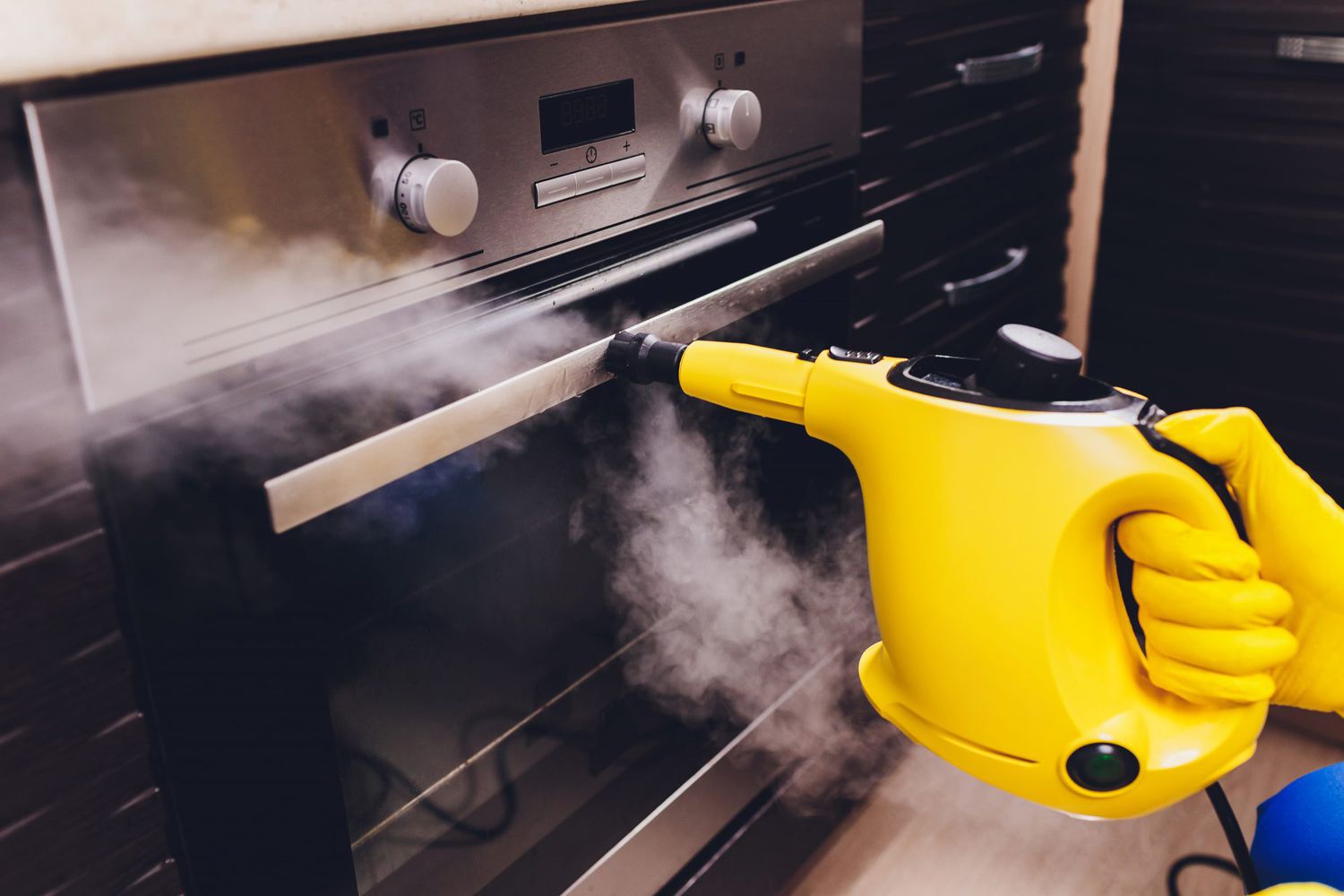
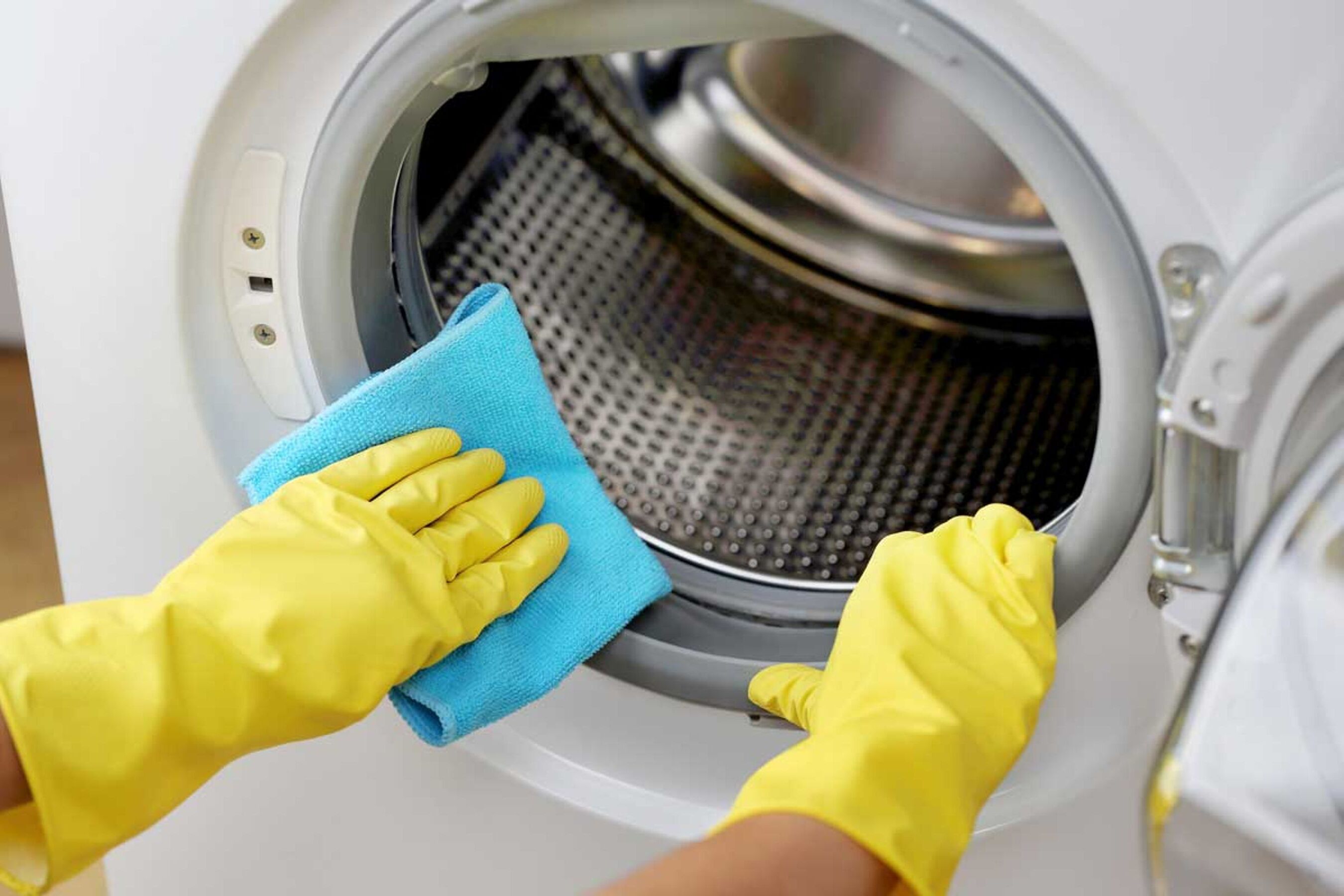

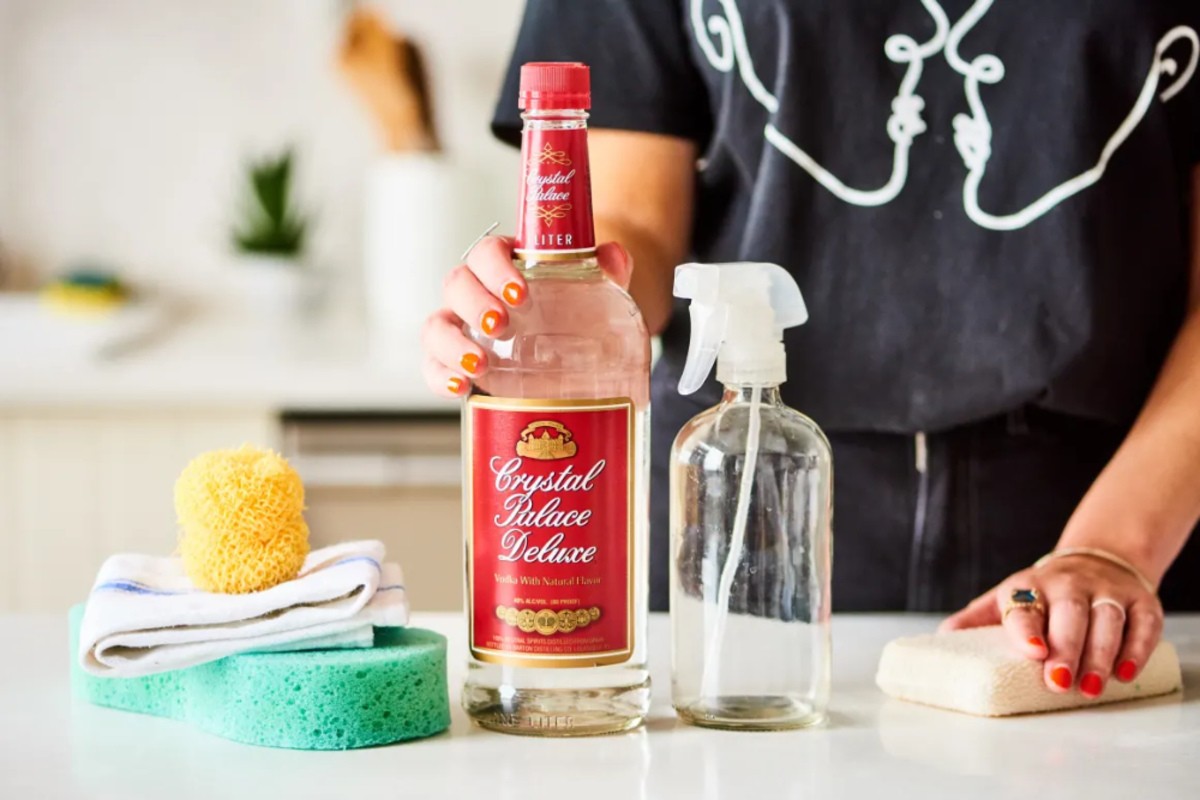
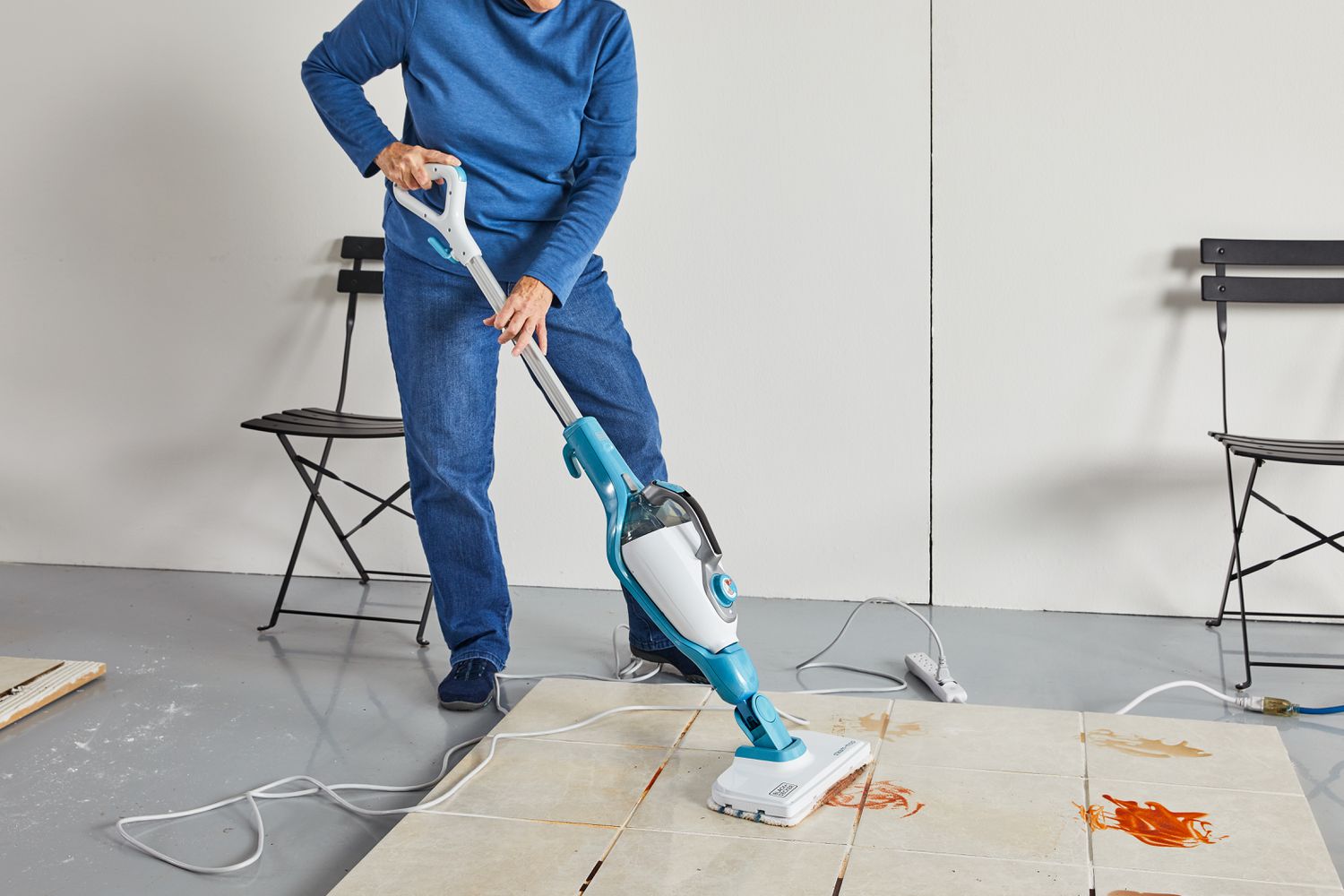
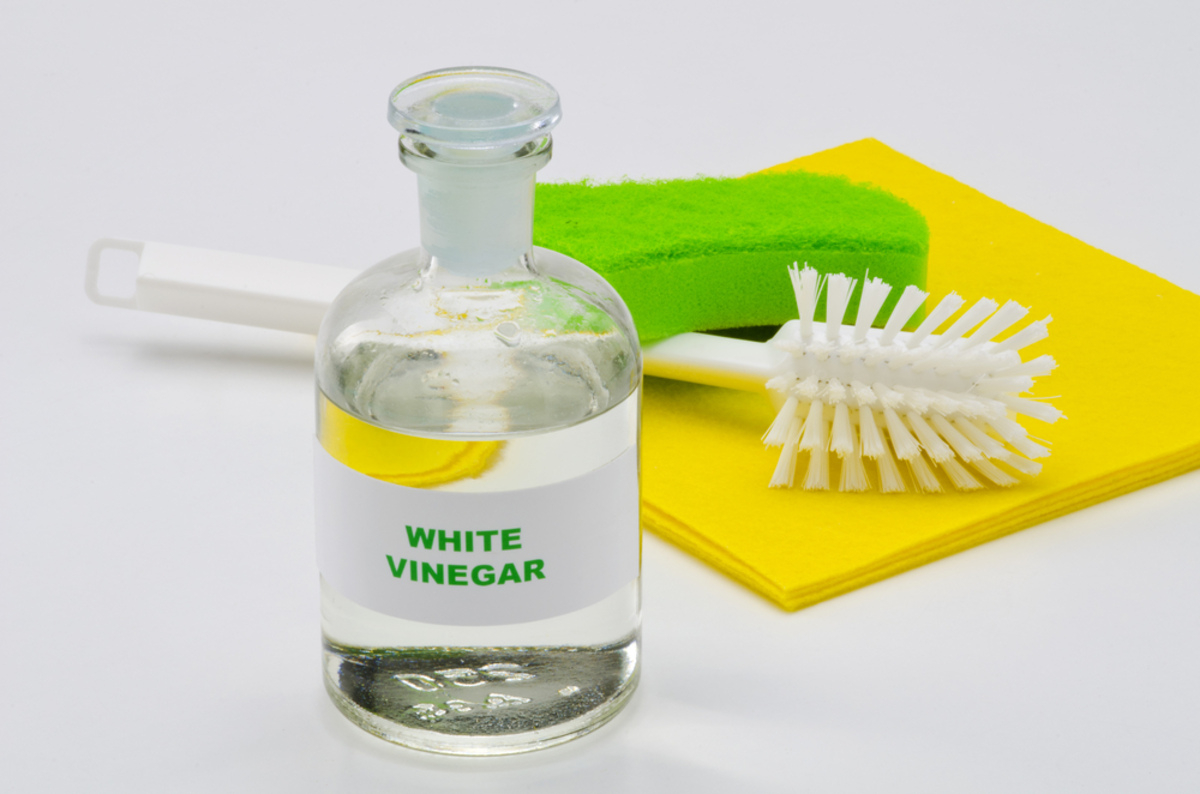
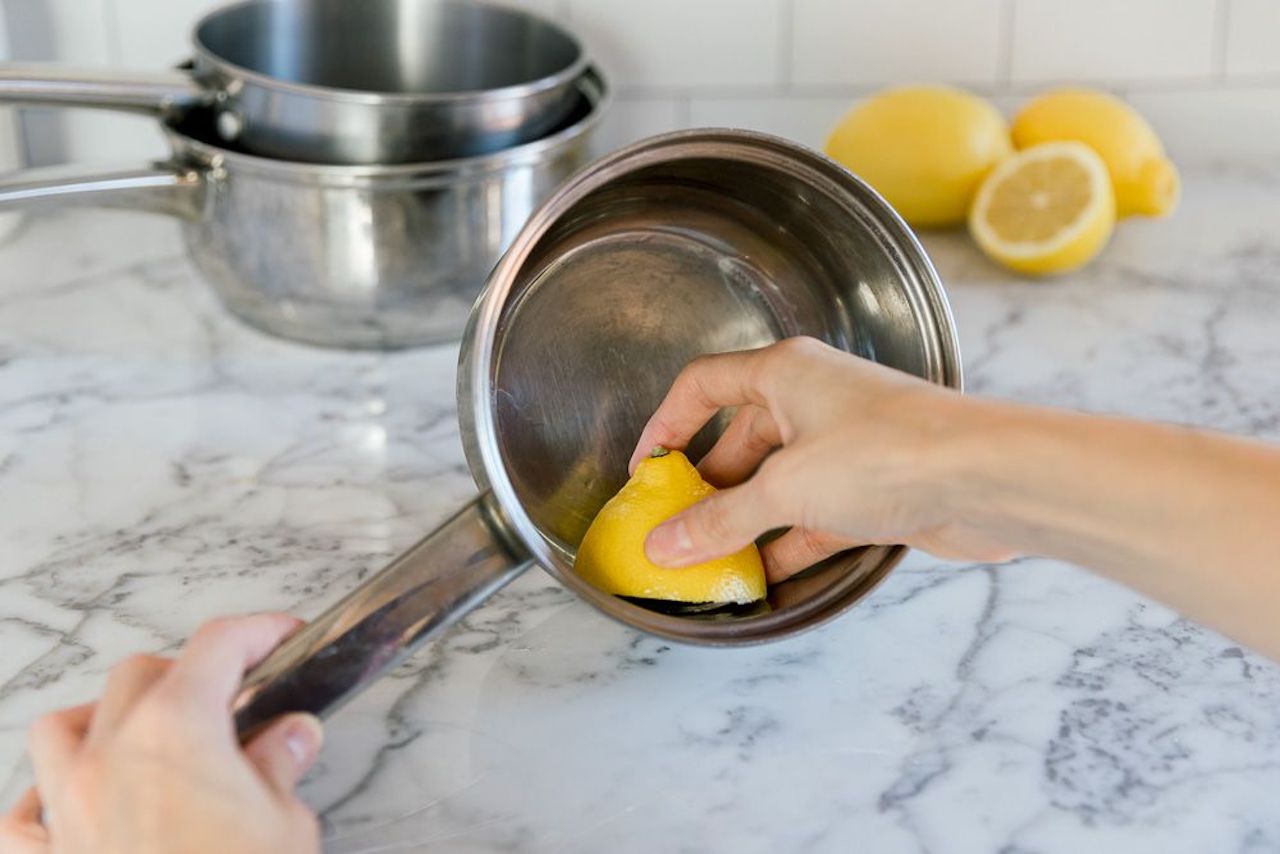

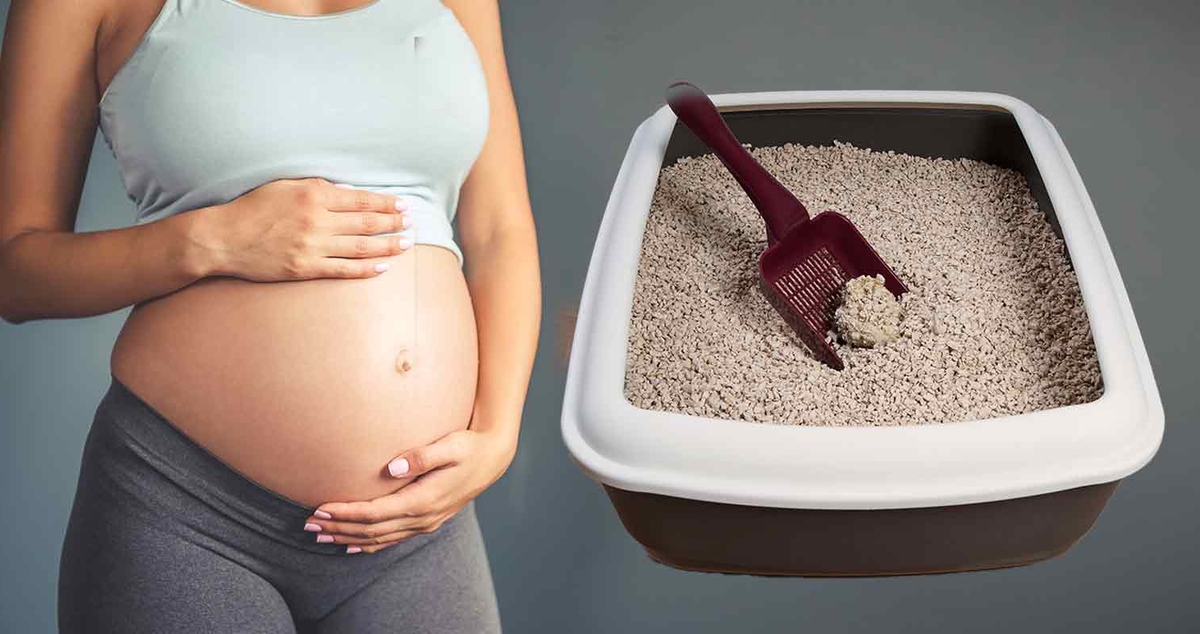
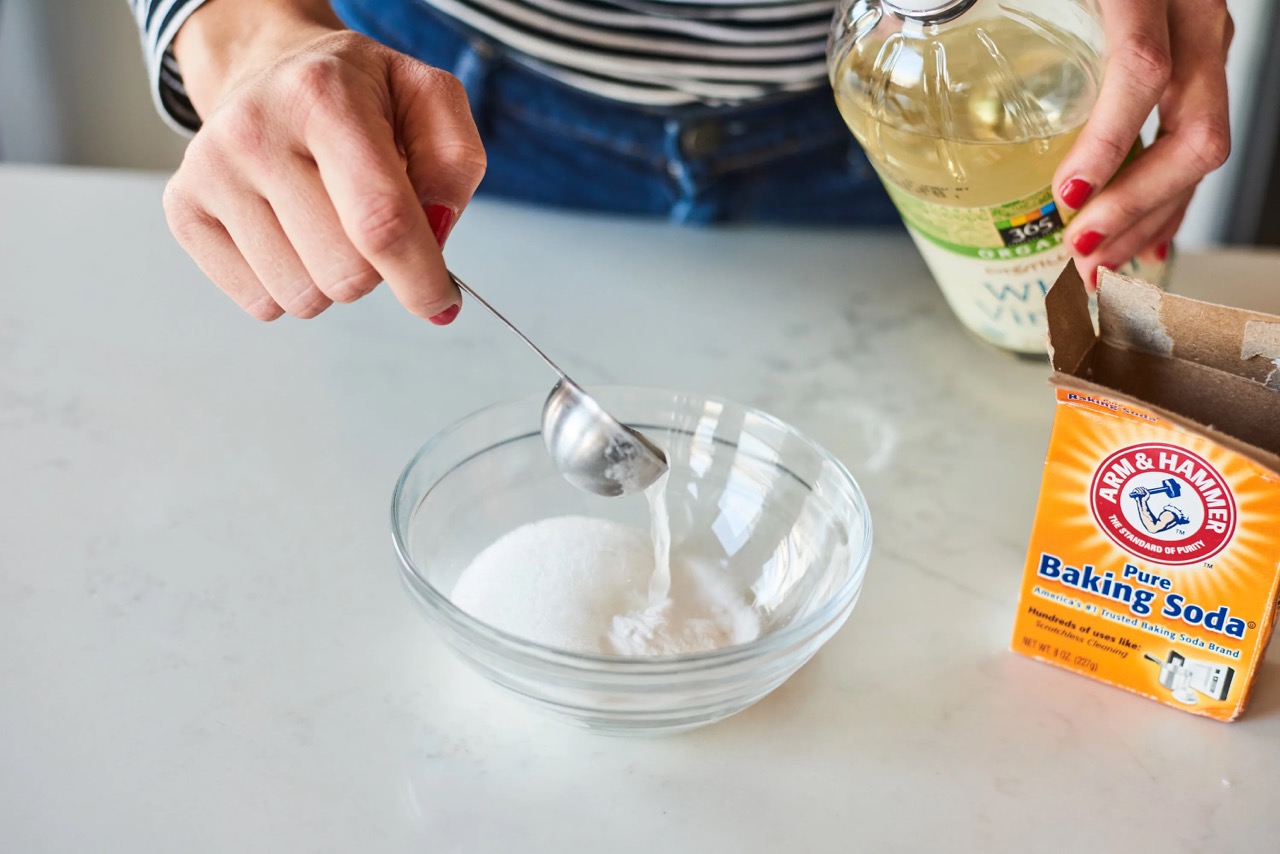
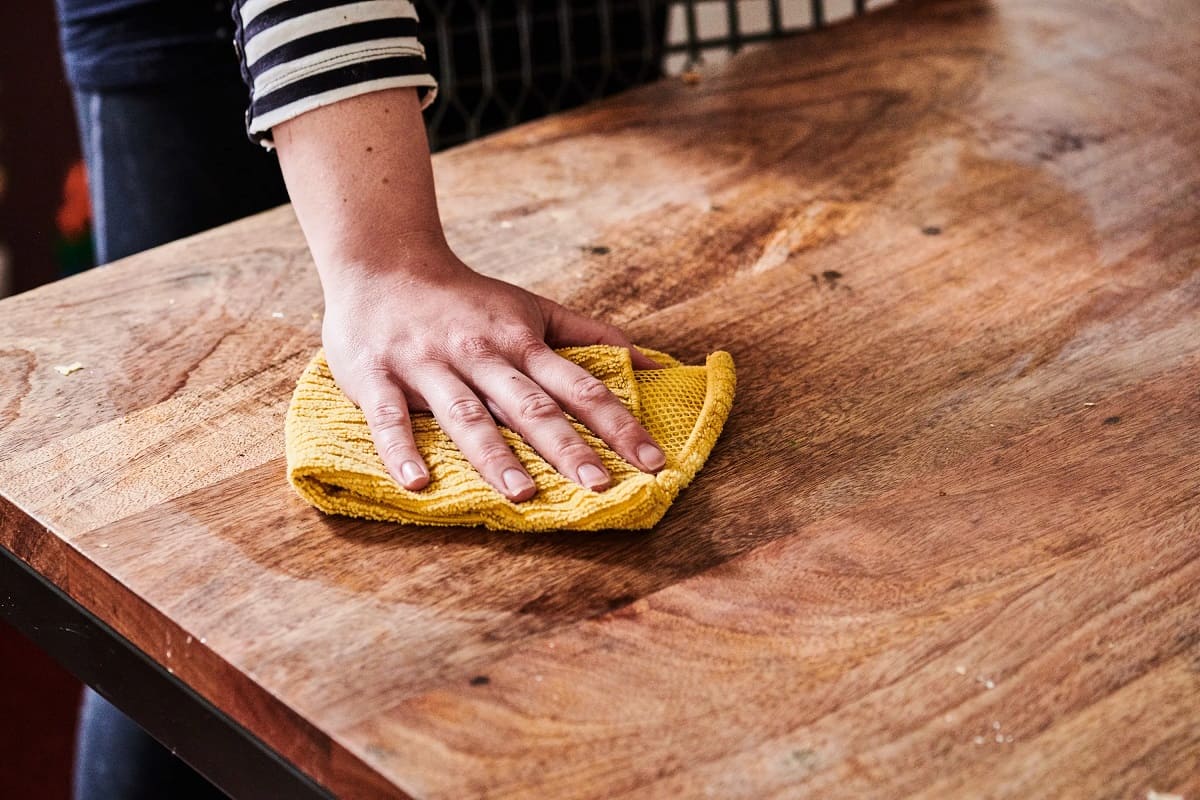



0 thoughts on “What Can You Clean With A Steamer”